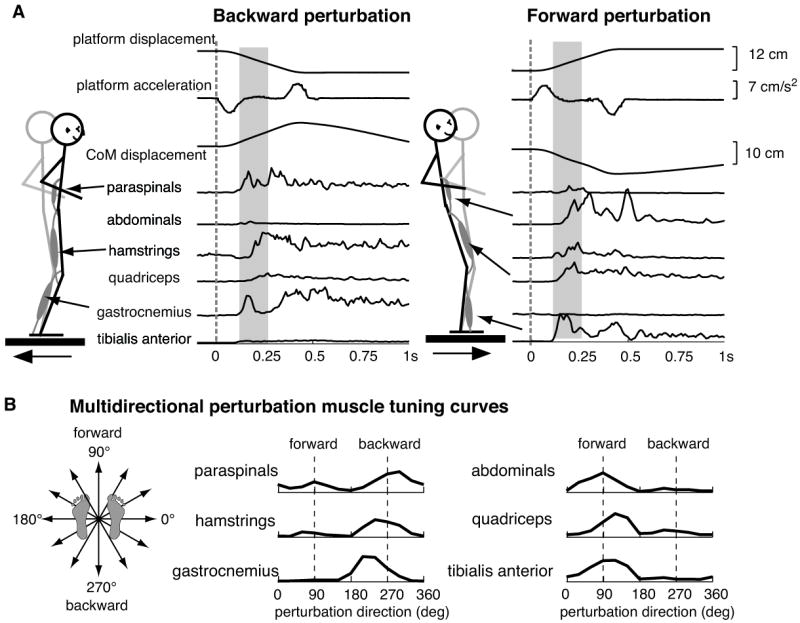Figure 1. Muscle activity evoked following perturbations to the support-surface.

A) Backward perturbations of the support surface elicit activity in muscles on the posterior side of the body. Forward perturbations elicit activity in muscles on the anterior side of the body. The gray area represents the initial muscular response to perturbation, called the automatic postural response (APR). Note that at the onset of the APR, the amplitude of platform and center of mass displacement are quite small. B) The magnitude of the response during the APR varies as a function of direction and can be plotted as a tuning curve. Each muscle has a unique tuning curve, suggesting that each muscle is activated by a separate neural command signal.
